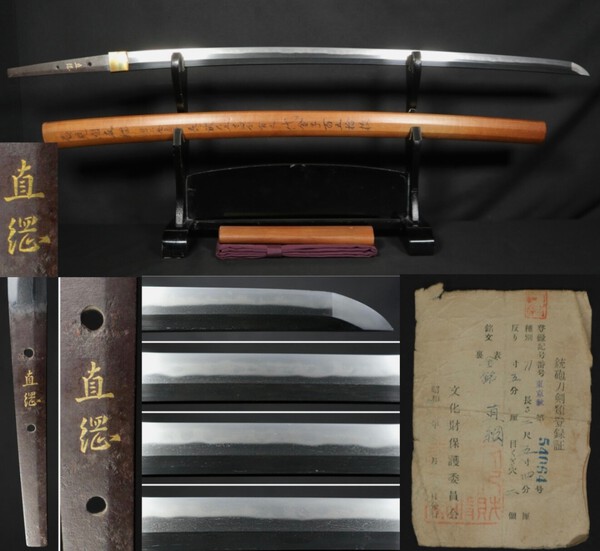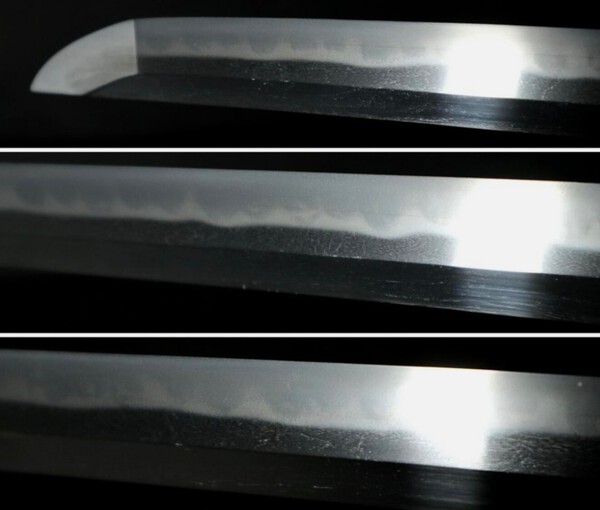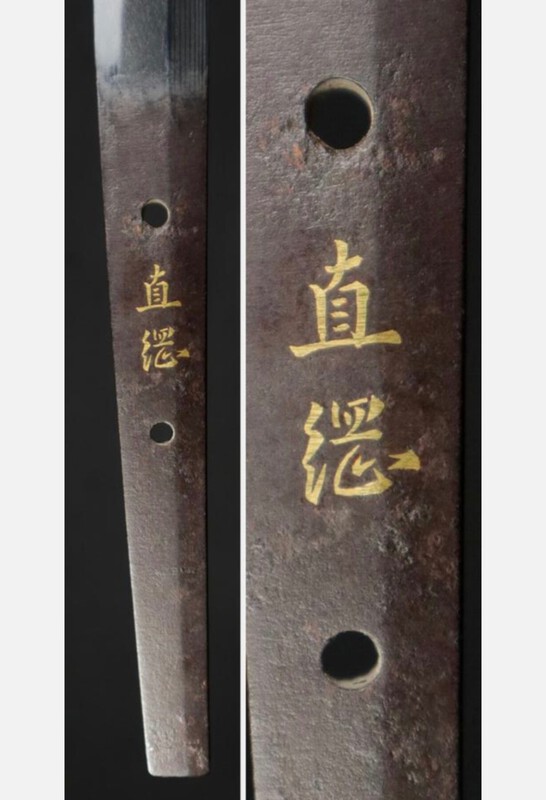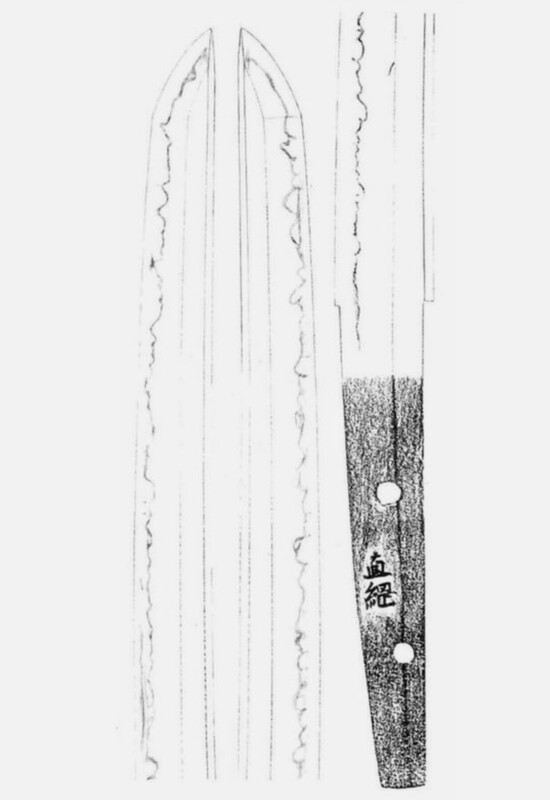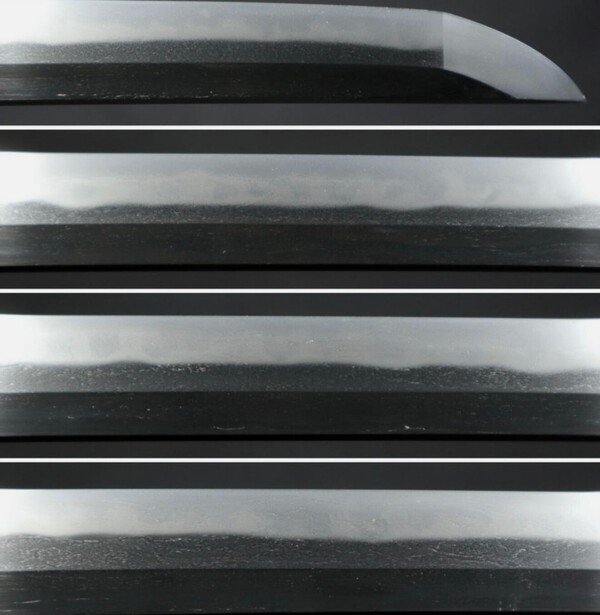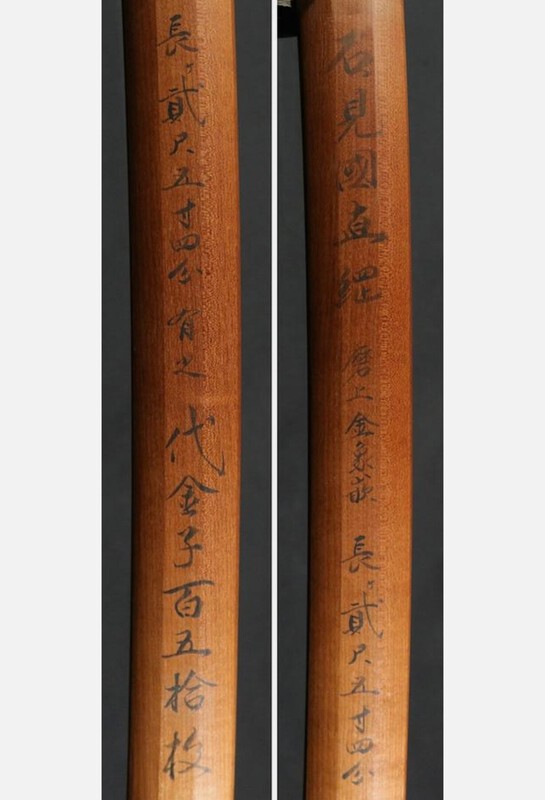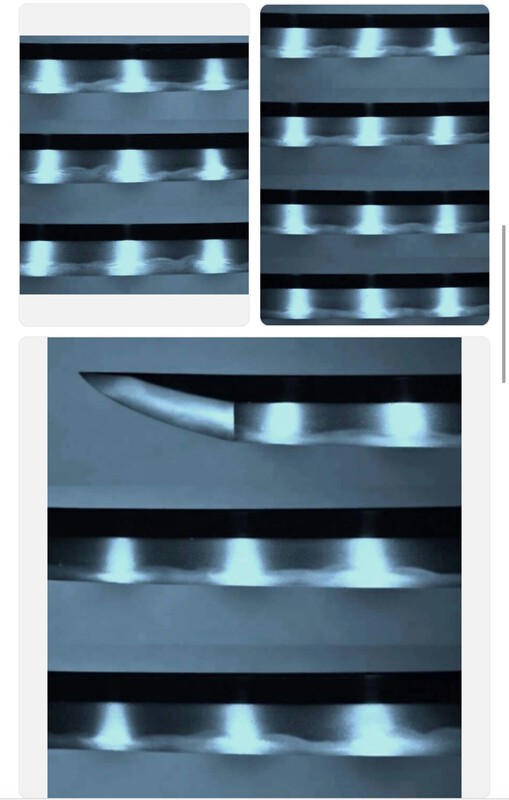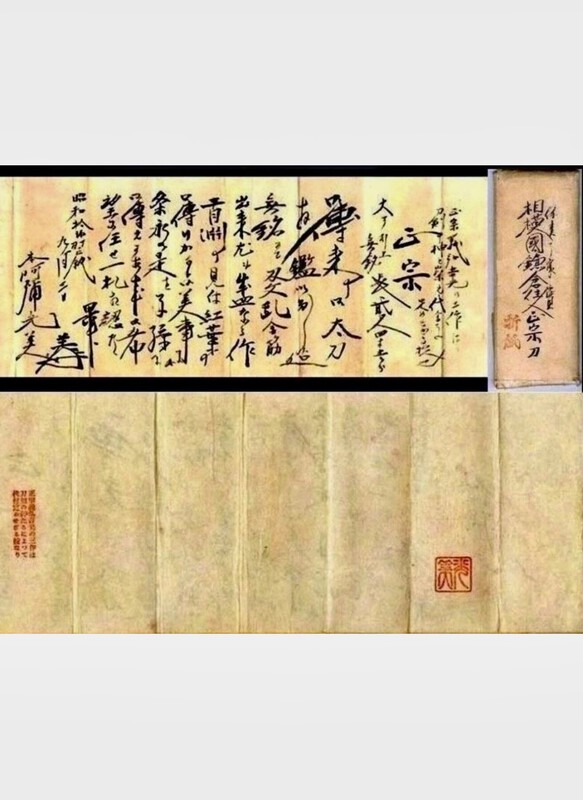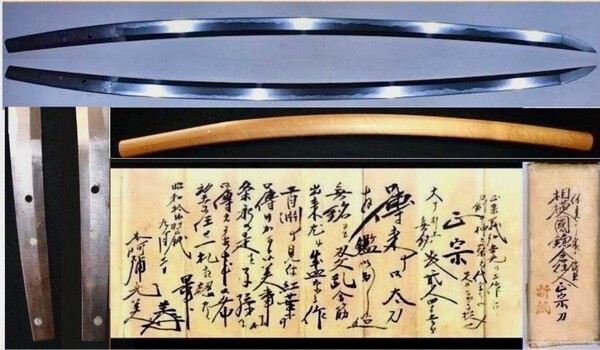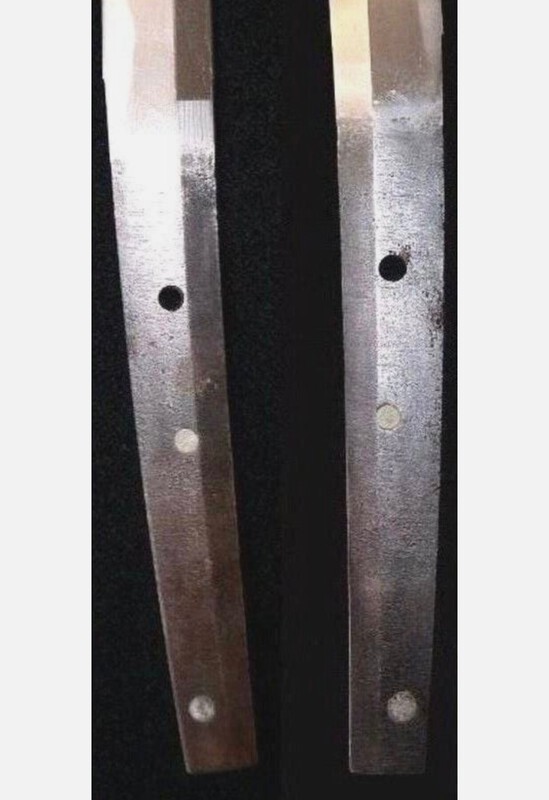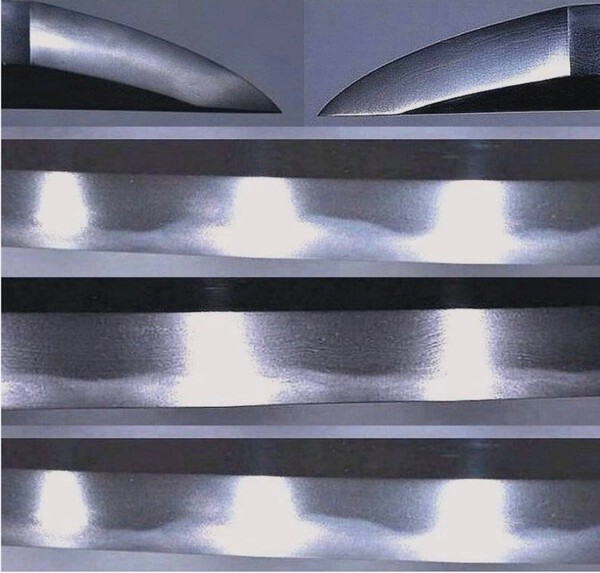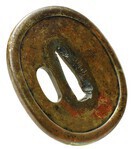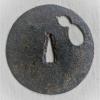All Activity
- Past hour
-
Masamune Kamakura era w/ Certificate
Samurai95407 replied to Samurai95407's topic in Auctions and Online Sales or Sellers
There was one other Masamune Naotsuna Nanbokucho blade that caught my eye that I couldn’t tell if it was authentic or not that was thinking could be the one. -
Masamune Kamakura era w/ Certificate
Samurai95407 replied to Samurai95407's topic in Auctions and Online Sales or Sellers
Thank you and I value all your input … perhaps wishful thinking indeed that something like that would be for sell on the open market -
Masamune Kamakura era w/ Certificate
Samurai95407 replied to Samurai95407's topic in Auctions and Online Sales or Sellers
Japanese Sword Katana 734cm Masamune 正宗 Kamakura era 1200s Certificate 本阿弥光美 Honami Koumi Certificate of authenticity Blade length 73cm Sori 2.0cm Motohaba 31mm Motokasane 5mm Sakihaba 25mm Sakikasane 4mm Weight 817g Sakihaba -
Masamune Kamakura era w/ Certificate
lonely panet replied to Samurai95407's topic in Auctions and Online Sales or Sellers
If you have been studying for 40 years, you may have guessed your not EVER going to find one of thoses on the open market -
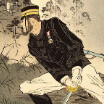
Masamune Kamakura era w/ Certificate
PNSSHOGUN replied to Samurai95407's topic in Auctions and Online Sales or Sellers
At any given time this sellers inventory rivals that of the Tokyo Museum, and all for pennies on the dollar.... -

Masamune Kamakura era w/ Certificate
Rivkin replied to Samurai95407's topic in Auctions and Online Sales or Sellers
Really bad Japanese images but it is most likely a real shinshinto blade. The rest is a cute story. -
Samurai95407 started following Masamune Kamakura era w/ Certificate
-
I personally dislike the patina and iron colour. Something fishy
-
Samurai95407 joined the community
- Today
-
Council
ChrisW replied to Pritajeni1's topic in Sword Shows, Events, Community News and Legislation Issues
Thanks. I needed a good laugh today! I didn't realize April First came twice this year. -
Well first thing is they are not Karigane [Wild geese 雁金 ] they are Herons [Sagi サギ]. Geese and cranes don't have the feathered crests. The design is well known. There are even cast coppies getting about [not the ones featured on ebay which are iron and appear to have been mounted] I think I would agree with Thomas - a bit expensive. https://www.seiyudo.com/tu-010213.htm
- Yesterday
-
I am somewhat skeptical that these are a real daisho and not two similarly themed pieces put together . The workmanship on one looks better than on the other .
-
Toryu2020 started following First thread here daisho sukashi
-
Personally I don't think this is great work and 1300 Euro is a lot for these two...
-
Unfortunately it is a dark sword... in a dark room. I would add to photography suggestions - dark room but light source on a side. Sufficient size light source to highlight the blade.
-

Edo Period Corner Part II
Bugyotsuji replied to estcrh's topic in General Nihonto Related Discussion
https://travel.gaijinpot.com/bizen-osafune-sword-museum/ General background information -
Do we have this gentleman here? Opinions on this set please https://ebay.us/m/B6olQc
-
Here you go. Should be working https://drive.google.com/file/d/1YSEbqiS56yaDC8ulpJBwbM8c6Gdgzjlu/view?usp=drivesdk
-
I dont see nothing indicating that blade was made with tamahagane but more peps should comment. Also somebody was recently selling amahide here putting another fine doc but its weight is 29mb.
-
I do love a hot stamp, my 3rd swords got one I'll be showing soon. Heres some super close up shots of jigane.
-
I understand you. Old is patinated. But admit that they put some effort in details.
-
Yeah I edited my answer with pointing great info there close up of jigane would be more helpfull. Your sword isnt in shape indicating that more details would appear after repolish. Oh and look on mei examples some have kokuin [hot stamp]
-
No stamps, theres a good Amahide article in downloads too. He/they his workshop made both gendaito and showato. Lack of hada could be from the polish maybe?
-
Any showa/seki stamp? Above mekugi ana on omote side. Take look carefully as those stamps likes to "vanish" I dont see any hada here but I found discussion about smith and factory. Dai-mei [just basic name] I would say and probably nontraditional. https://www.militaria.co.za/nmb/topic/9537-amahide/ But still nice piece worthy of digging some more info. In a link you will find marvelous pdf posted by @Brian

